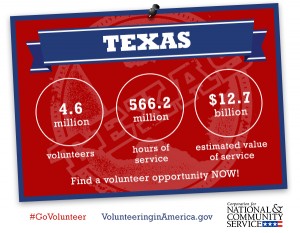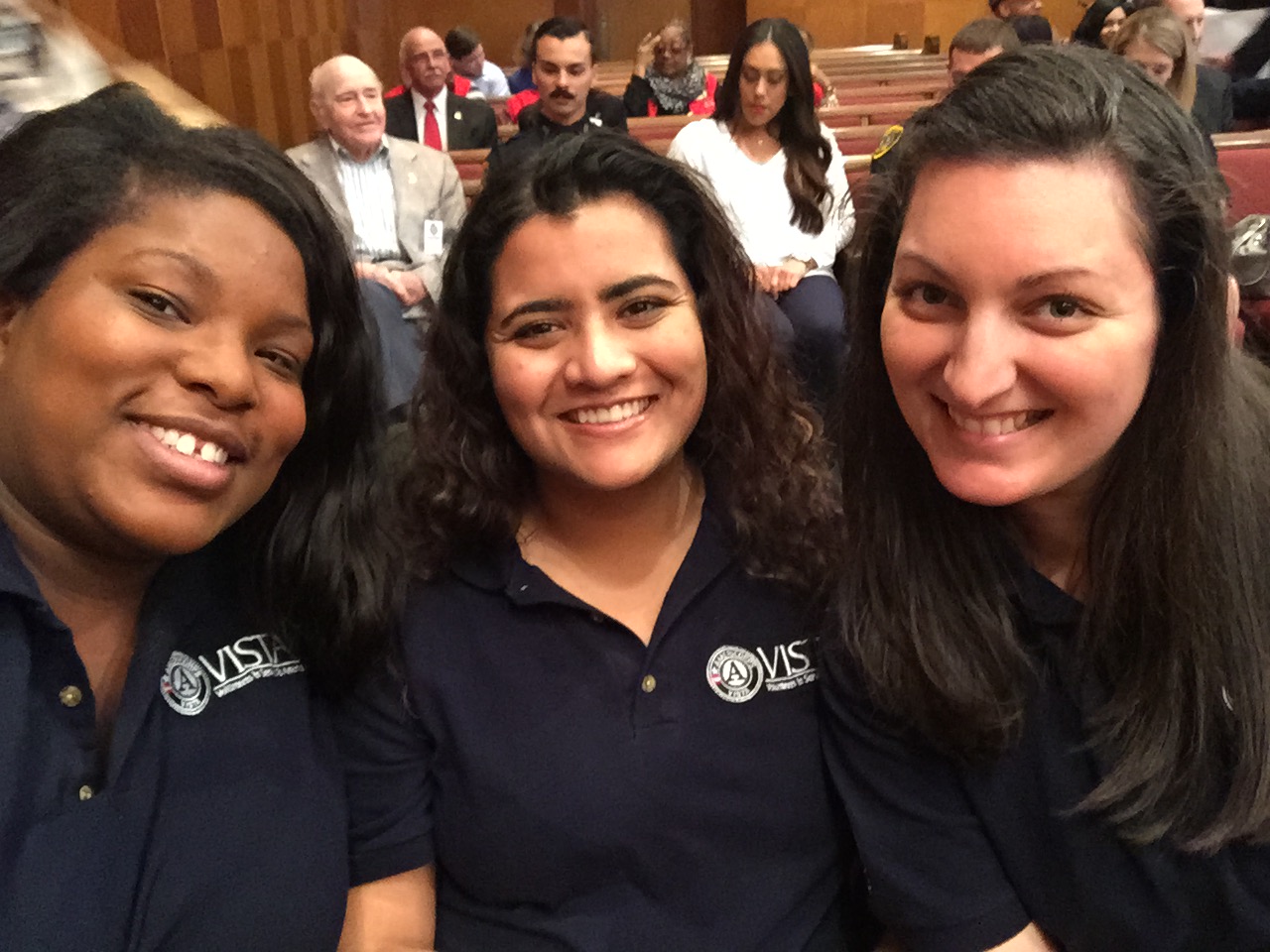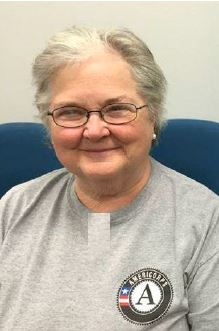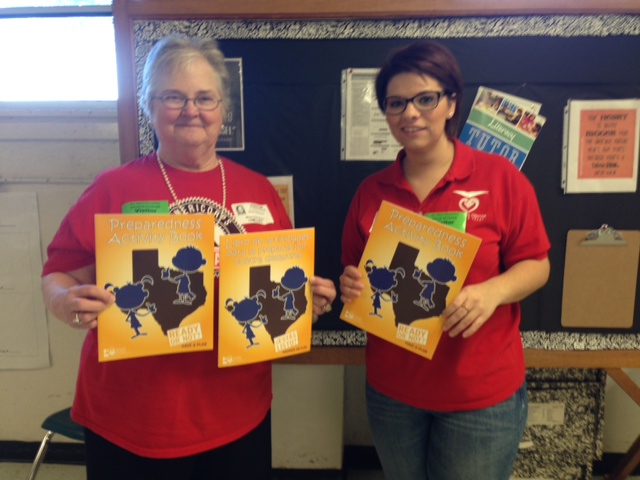A Letter from Chris Bugbee, OneStar’s New President & CEO
On October 2nd, Governor Greg Abbott appointed Chris Bugbee to the role of President & CEO of OneStar Foundation. As we transition into a new and exciting chapter in our leadership, Chris offers his greetings to our friends and partners and shares his priorities for the future of OneStar. You can read Chris' full bio here.
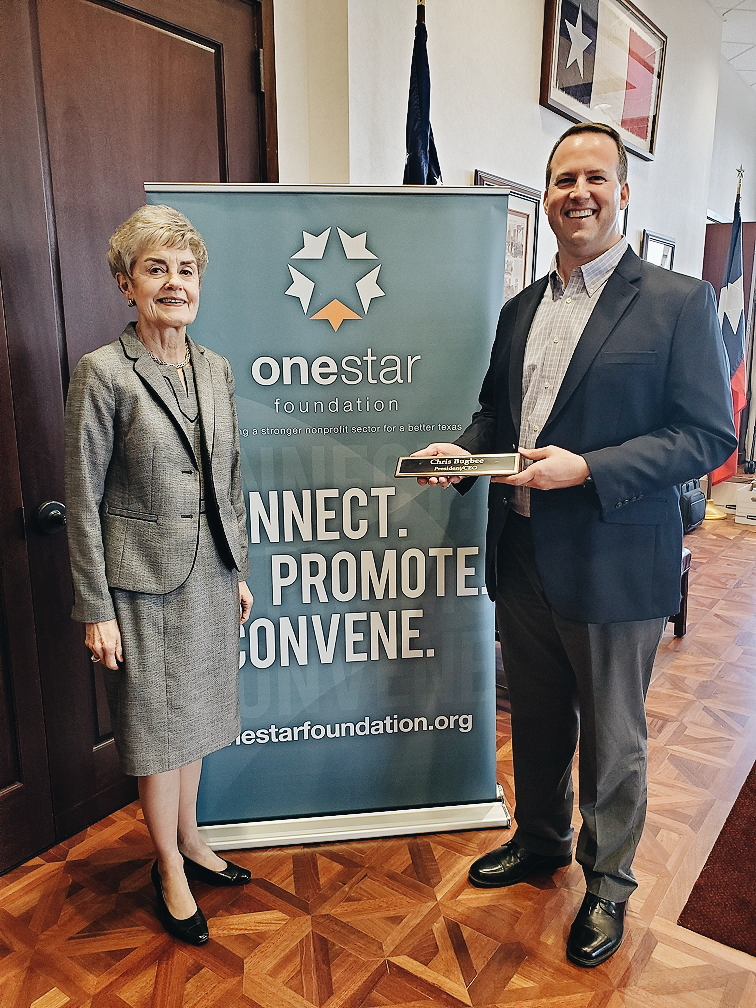 Dear friends of OneStar,
Dear friends of OneStar,
I am humbled and honored to be appointed as OneStar Foundation’s President & CEO. It has been my privilege to serve as Chief Operating Officer since 2006, and over the past 13 years, I have cultivated a deep appreciation for the unique role OneStar fulfills as a bridge between nonprofits, government, business, and the citizens of Texas. I want to extend my gratitude to Elizabeth Darling for her vision and guidance, and I look forward to building on the legacy of past OneStar leaders.
When OneStar was established in 2003, the Governor described Texans as “a dedicated and selfless people who have a long and proud history of responding when their neighbors need help” and cited the power of volunteer action to “transform our communities, our families and the lives of individual Texans, and enrich the life of the volunteer.” OneStar was created to harness and promote this extraordinary Texan spirit of service, and as we embark on a new chapter together, I look to this founding intent as my inspiration and guiding motivation. I share in your passion to make the great state of Texas even greater by strengthening our communities, supporting our neighbors in need, and finding long-term solutions to pressing social needs. To achieve this, I will be focusing on the following priorities.
- First, I will spend the coming weeks and months listening: reaching out to our stakeholders to learn directly from you how OneStar can best support your efforts and collaborate to best meet our shared goals. In a state as large as Texas, we need diverse solutions to address the complex and unique challenges that face our communities. I invite you to reach out and share your feedback and ideas on how we can better work together to achieve your goals.
- Second, I will be aligning our strategies and clarifying OneStar’s role at the intersection of the public and private sectors. We have the privilege to work with a wide variety of partners – from state agencies and corporations to city councils and grassroots nonprofits – united by a common goal of making Texas a better place to live and work. By bringing these parties together and championing a range of needs and interests, OneStar is uniquely situated to foster collaborations that can lead to improved cross-sector communication and sustainable action.
- Third, I hope to inspire more Texans to serve by being creative and flexible in the ways that we engage people. Service is a powerful vehicle for change that is boundlessly adaptable to the needs of your community, and in these busy times, OneStar wants to support Texans to give back in a way that makes sense to them. I want every Texan to be aware of the power they have to take action and make a difference, whether that be participating in a year of national service with AmeriCorps, or just speaking up for someone in need.
I would like to thank the OneStar board and staff and all our partners for your incredible support during this transition, and I look forward to continuing our dialogue and exploring opportunities to build on our current success.
Warmest regards,
Chris Bugbee
President/CEO
OneStar Foundation


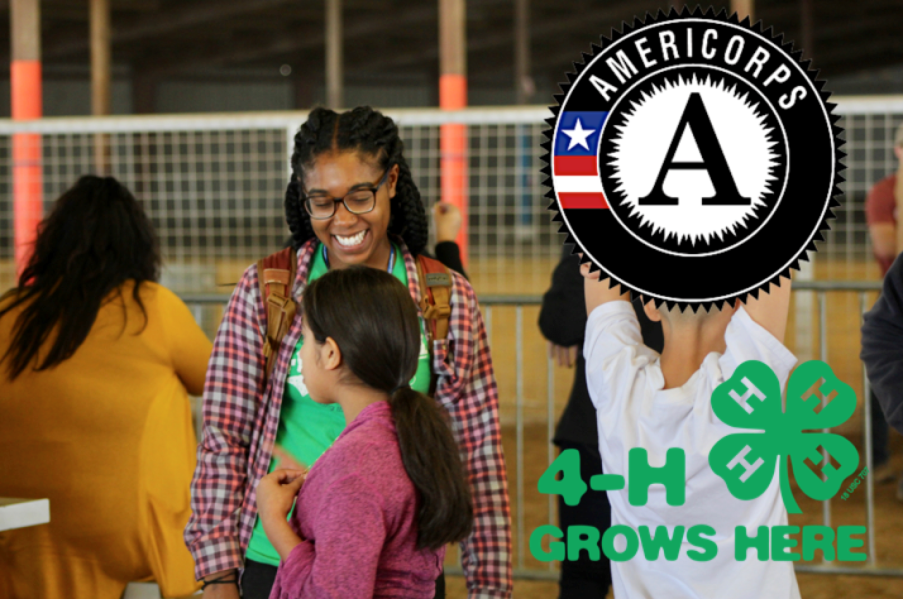 My Five-Year Plan
My Five-Year Plan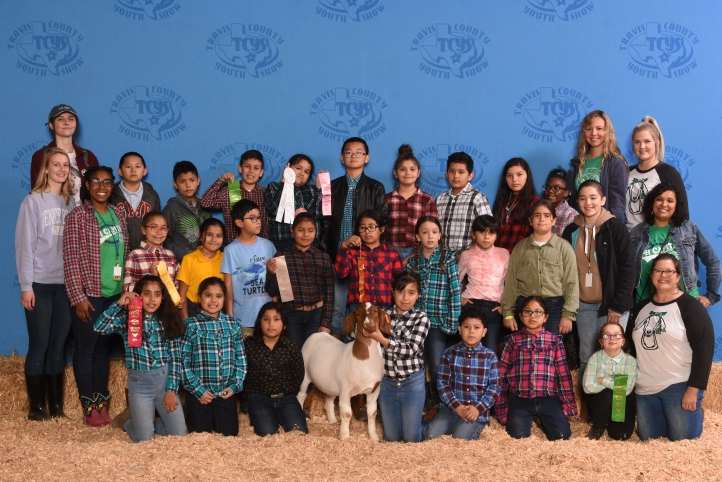 I don’t have all the steps of my next five years mapped out in its entirety like I did before. Fifteen-year-old me had a plan and followed through up to this point. Twenty-four-year old me now has benefited from a lot of hard work, skill building, and professional development over the last few years, and especially during this service year. I can’t say that I know for-sure what I will do next, but I am certain that I have the knowledge, skills, and confidence to take myself wherever I choose to go in my career.
I don’t have all the steps of my next five years mapped out in its entirety like I did before. Fifteen-year-old me had a plan and followed through up to this point. Twenty-four-year old me now has benefited from a lot of hard work, skill building, and professional development over the last few years, and especially during this service year. I can’t say that I know for-sure what I will do next, but I am certain that I have the knowledge, skills, and confidence to take myself wherever I choose to go in my career.